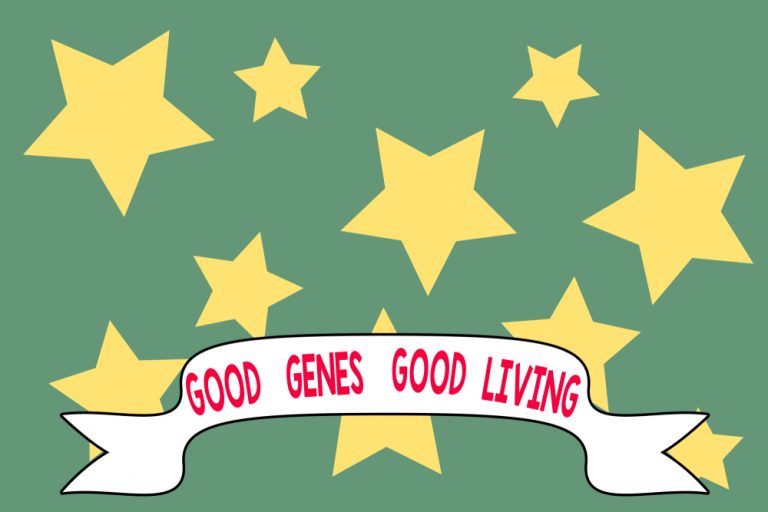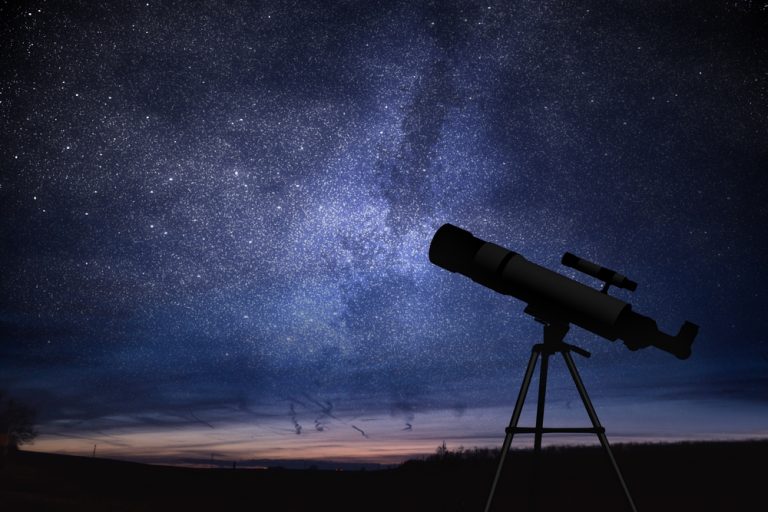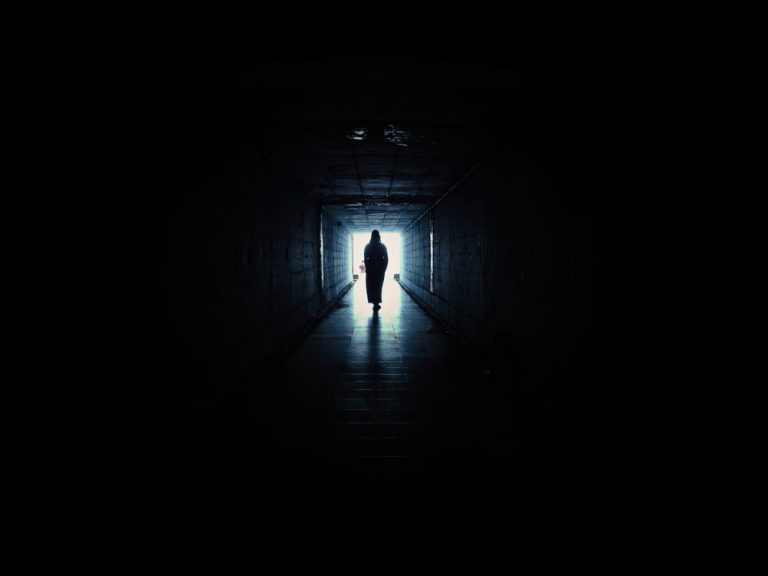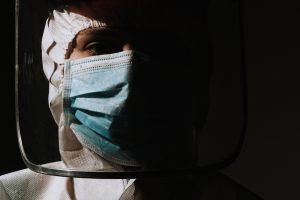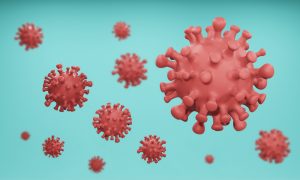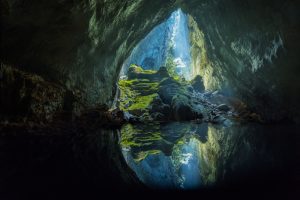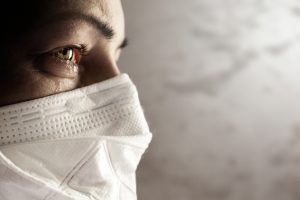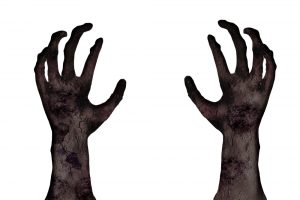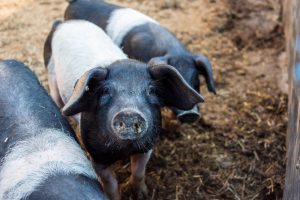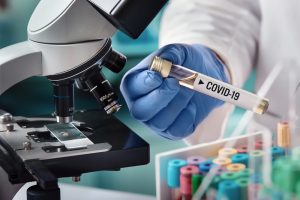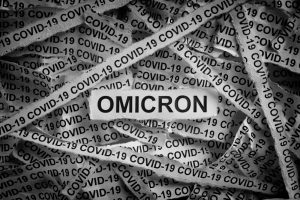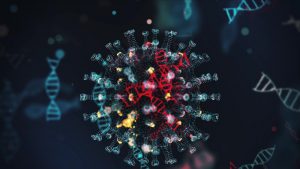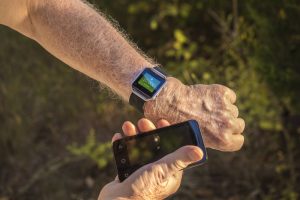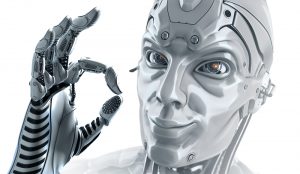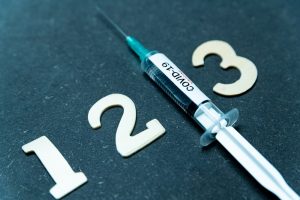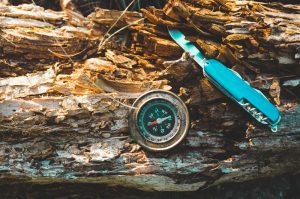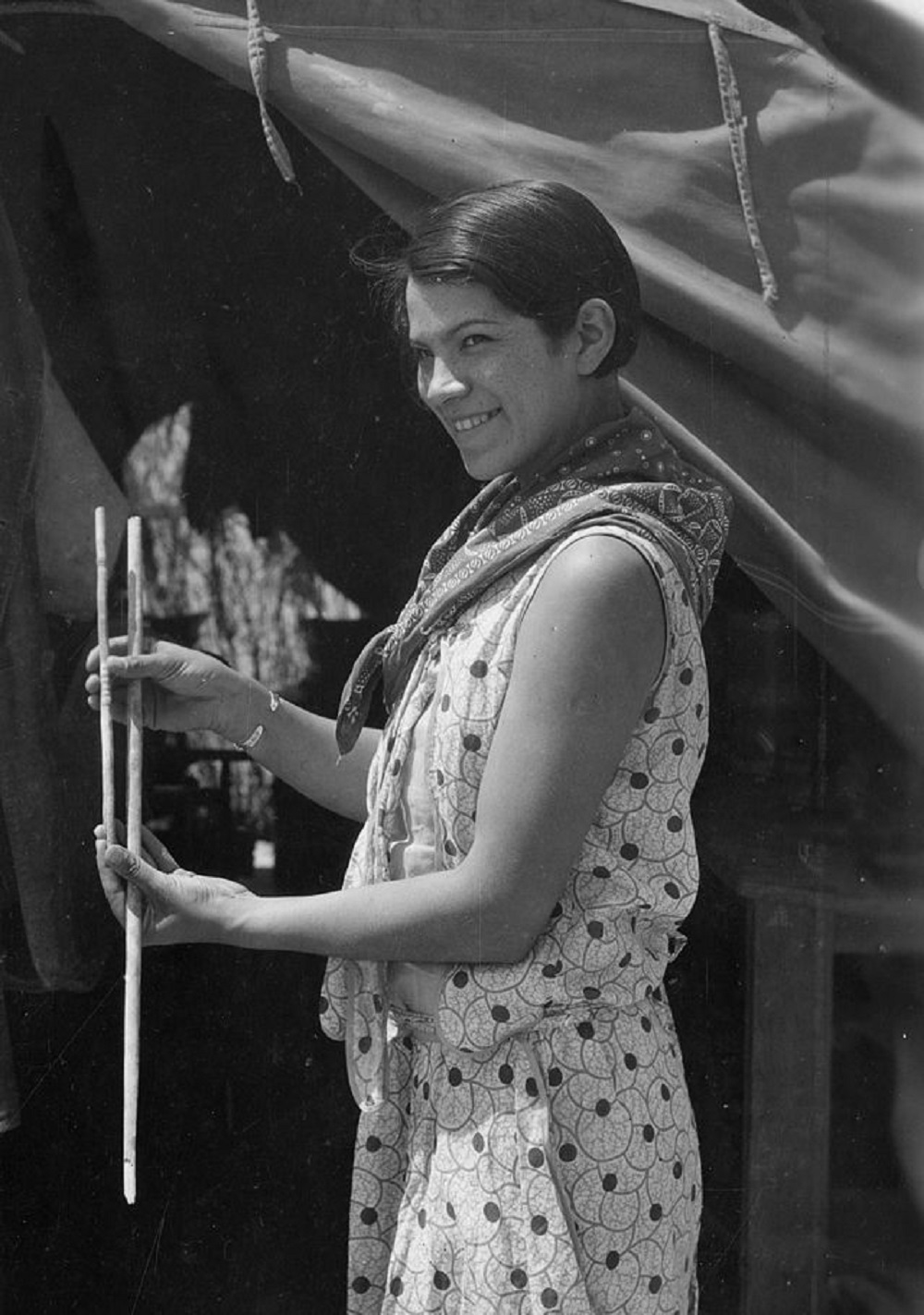
Bertha Parker Pallan Cody, Archeologist
She was born in New York, at an archeological dig site where her father workes as an archeologist. As she followed her father’s example, Bertha Parker Pallan Cody became the first Native American female archaeologist.
After being married and having one child, she separated from her husband and moved to Nevada, where she had an uncle that worked in archaeological excavations for the Southwest Museum.
She met her second husband, paleontologist James Thurston in 1930, and they got married one year later after an expedition. Both got sick while working at the Gypsum Caves, an infection caused by the large amounts of cave guano, which lead to Thurston’s death. He died from a heart attack while working on the site.
Her illness made her move to Los Angeles, with her parents. She worked as a secretary for a while, until she got an assistant archaeologist and ethnologist job, for the Southwest Museum. Bertha got married again in 1926, to actor Espera Oscar de Corti.
She published a lot of scientific articles throughout her career, even making the revolutionary discovery of a site in 1929, which she decided to name “Scorpion Hill.”
As she described the site in one of her articles, “The fragments of charcoal indicated that the room had been burned and that its roof had consisted of large beams covered with tules and arrowcane. I uncovered about half the room that day.”
She also discovered a skull of an extinct giant ground sloth, Nothrotherium shastense Sinclair, in one of her expeditions, which she considers being one of her most important expeditions, mostly because it contributed towards the support of other institutions, including the California Institute of Technology and the Carnegie Institution of Washington.
She had a lot of revolutionary discoveries in the archeological field, making her the first Native American female archeologist.
Read also: The World’s Largest Dinosaur Fossils Discovered in Argentina.

